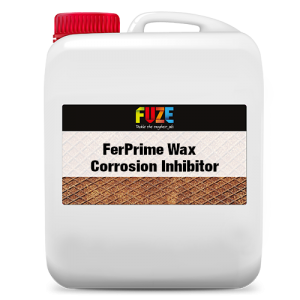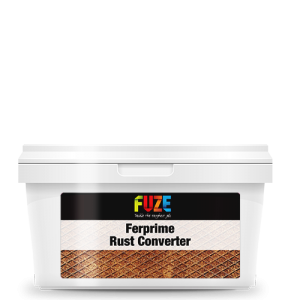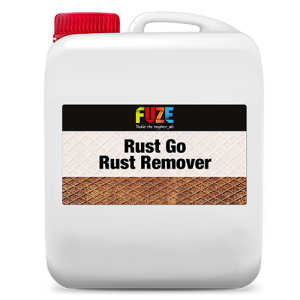How To Use Rust Converter
Rust converter stops corrosion by transforming rust into a stable, paintable surface. Ideal for vehicles, railings, and machinery, it prevents further damage.
How to Use Rust Converter – A Comprehensive Guide
Rust converter is an easy and safe alternative to physically removing rust from corroded surfaces. It requires no special equipment or experience and is highly effective in stopping rust from spreading while providing a protective layer to prevent further damage. While rust converter does not restore rusted metal to its original state, it stabilizes the corrosion and improves the surface for further treatment.
What Is Rust and How Does Rust Converter Work?
Rust forms when iron or steel reacts with oxygen and moisture, creating iron oxide. Over time, this corrosion can weaken the metal, leading to structural damage.
Rust converters use tannic acid and organic polymers to chemically transform iron oxide into a more stable compound, typically iron tannate, which is dark and protective. The addition of polymeric ingredients forms a sealed primer layer, preventing further oxidation and providing a stable base for painting or additional treatments.
Why Use Rust Converter?
-
Prevents further rusting – Stops corrosion by sealing the metal surface.
-
Simplifies restoration – Avoids intensive sanding or grinding.
-
Works as a primer – Forms a solid base for painting.
-
Cost-effective solution – Saves time and money on repairs.
-
Eco-friendly option – Many rust converters are water-based and non-toxic.
Where Can Rust Converter Be Used?
Rust converter is ideal for iron and steel surfaces, including:
-
Vehicles – Cars, trucks, trailers, and motorcycles
-
Outdoor structures – Railings, gates, fences, and metal garden furniture
-
Agricultural equipment – Tractors, plows, and machinery
-
Industrial settings – Shipping containers, pipes, and construction materials
-
Marine applications – Boat hulls, anchors, and docks
Note: Rust converter is not suitable for aluminum, copper, stainless steel, or galvanized metals.
How to Use Rust Converter Effectively
Follow these steps to achieve the best results:
Step 1: Choose the Right Conditions
Rust converter works best in warm, dry conditions. Since most rust converters are water-based, humidity and temperature can affect drying time. For optimal results:
-
Apply the product on a warm, dry day.
-
Ensure the surface temperature is above 10°C (50°F).
-
Avoid working in high humidity or damp conditions.
Step 2: Prepare the Surface
Before applying rust converter:
-
Remove loose rust – Use a wire brush, sandpaper, or grinder to remove flaky rust and create a stable surface.
-
Clean the area – Wipe away dirt, grease, and debris with a damp cloth or degreaser.
-
Dry the surface completely – Moisture can interfere with the reaction.
Step 3: Apply Rust Converter
-
Use a brush or roller – Apply rust converter evenly like paint.
-
Avoid over-applying – A thin, even coat ensures proper reaction.
-
Let it dry – Most rust converters dry within 20-30 minutes.
-
Apply a second coat – If no top coat is being used, then a second coat of Rust Converter should be applied to provide added protection
Tip: Rust converter reacts with rust to form a dark, protective layer. Avoid contact with wood, leather, or porous materials, as it may cause stains.
Step 4: Painting Over Rust Converter
Once rust is converted, oxygen can no longer react with the metal. However, uncoated metal areas are still vulnerable to future corrosion. For extra protection:
-
Apply 2 coats of high-quality metal primer.
-
Follow with rust-resistant paint for long-term durability.
-
Use oil-based or epoxy-based paints for best adhesion.
Best Rust Converter Products
Our top-rated rust converters include:
Safety Tips When Using Rust Converter
-
Wear protective gloves and goggles – Although non-toxic, rust converter can be irritating to skin and eyes.
-
Work in a ventilated area – Avoid inhaling fumes, especially in enclosed spaces.
-
Store properly – Keep in a cool, dry place, away from direct sunlight.
-
Follow disposal guidelines – Check local regulations for safe disposal of treated materials.
Rust converter is a highly effective and easy-to-use solution for treating rusted metal surfaces. Whether you’re restoring a classic car, preserving garden furniture, or maintaining industrial equipment, proper application ensures long-lasting protection. By following these steps and using a quality rust converter, you can protect metal surfaces and extend their lifespan with minimal effort.
Get in touch with the team for expert advice.










